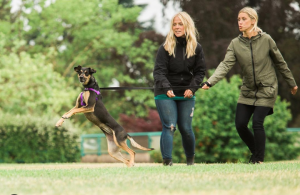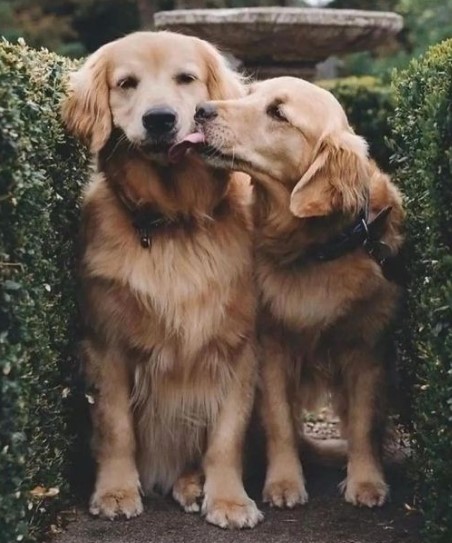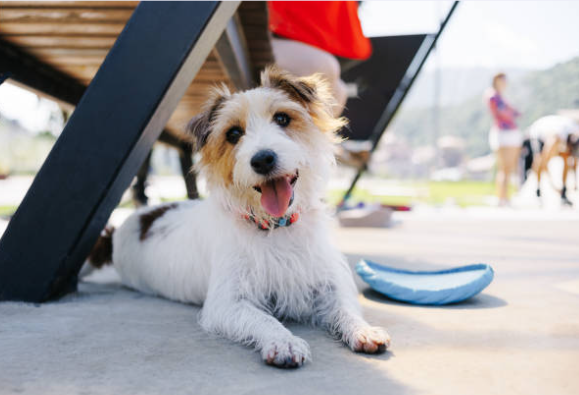How to Manage a Dog With Strong Prey Drive
For many dogs, prey drive is an instinctive behavior. Unfortunately, prey drive can often result in issues, mishaps, or injury for your dog and other animals. Do you wonder why your dog enjoys chasing rabbits or squirrels around the house or park? You may have a dog with a strong prey drive if your dog’s propensity to chase other animals makes your outings chaotic or if your adorable puppy has ever startled you by jumping up and down while holding a squirming rabbit in his mouth.
When walking with your four-legged buddy constantly chasing squirrels or birds, read Tamtampetcare’s advice on prey drive and keeping your dog safe.
How Does Prey Drive Work?
Animals’ prey drive, which enables them to catch food, is their natural hunting urge. When dogs play, such as when they chase a ball, tug games, or tear open plush animals, you may have witnessed this. Their prey drive can be safely released by allowing these behaviors to be used in play.
For some dogs, prey drive is a bigger problem than it is. People often claim that their dog “has a high prey drive,” which indicates that their dog is more inclined to pursue and capture farm animals, squirrels, or mice.
Moreover, some breeds have a high prey drive, including and limited to Greyhounds, Lurchers, Collies, and Terriers. However, any dog breed can have a high prey drive, so it’s essential to spot the signs and train your dog to help control their instinct to chase.
Differences Between Prey Drive and Aggressions
There is a crucial and necessary distinction to comprehend your dog’s behavior, even if a high prey drive can occasionally appear aggressive, especially to your dog’s prey. Strong emotions like fear drive dog aggression, according to Positively, whereas prey drive is instinctual.
Aggressive dogs also have a strong urge to put more space between themselves and the target of their aggressiveness. Dogs are motivated by their prey drive to approach their target and get closer to it. For dog parents of dogs with strong prey drives, this is excellent news because it indicates that prey drive is typically easier to regulate than emotion-based aggressiveness. After all, there isn’t an emotional component to overcome.
It’s vital to remember that hostility and prey drive occasionally coexist. A dog with a high prey drive, for instance, would react aggressively to cats or other small creatures. But it’s crucial to remember that hostility and prey drive are different. Aggression is a problematic habit, but prey drive is a natural and healthy impulse.
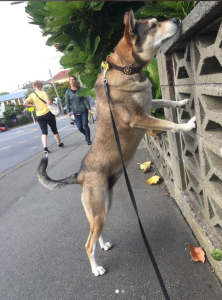
Does a High Prey Drive Cause Problems with Behavior?
If your dog follows anything that moves, they may have a strong prey drive, which can be problematic. If you’re up for a game of fetch, this can be entertaining, but it could be more fun if your dog attempts to chase after every squirrel, rabbit, or cat that strays into his field of vision while you’re out for a stroll.
Dogtime states that dogs with a strong prey drive may also exhibit dangerous behaviors if they are not properly confined, such as chasing cars or attacking poisonous snakes. Your dog may become so engrossed in his prey that he ignores your directions or doesn’t respond when called. Regretfully, small animals with an excessive predation drive, like larger dogs, may pose a risk to smaller pets like mice, birds, cats, and even small dogs.
Are Drive-in Dogs Appropriate for Prey?
Still, there is a benefit to prey drive. The Bark defines prey drive as a dog’s enthusiasm to carry out an activity that involves engaging in hunting-related activities or pursuing an object. When teaching dogs for agility or K-9 work for the military or police, this drive can be pretty helpful.
It is also the reason that hunting dogs make excellent hunting companions and that herding dogs are skilled at herding cattle. Depending on how your dog’s prey drive shows itself, it may make him more fun and energetic in a home environment, as well as helpful in controlling the number of harmful rodents and pests.
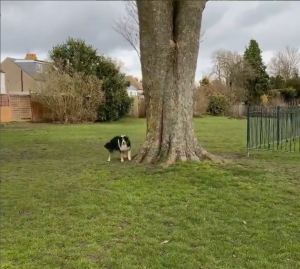
How Can I Teach My Dog to Stop Chasing After Animals?
Training is the most effective method of preventing your dog from chasing other pets. Taking precautions to prevent your dog from inadvertently killing themselves or other animals is crucial if your dog exhibits a high prey drive.
- Consistent training: Your dog should get positive, reward-based training at all stages of their development, not only as a puppy. They must recall your instructions and realize they are more fruitful than chasing after animals.
- Please keep your eyes open when you go on walks so you can see objects your dog might want to chase before they do. Then, use distraction tactics to divert your dog’s attention from the object.
- To keep your dog safe and to safeguard other pets or wildlife, make sure your garden’s fences and gates are securely fastened.
- Teach your dog to “leave”: This command means “don’t run off.” It usually instructs your dog not to pick up anything. Ensure your dog hears you say “leave” when it sees something to chase. Then, praise your dog for focusing on you instead of the other person.
- Train your dog to remember: It is appropriate for your dog’s safety to learn to return your call. Recall gives your dog the command to return to you if they chase after something. Give your dog something they adore, like a treat or toy, as a reward when they return.
- Keep them on a leash: To give you greater control over your dog, please keep them on a lead when walking. However, let go if you believe you could get hurt or pulled over.
- Train your dog to wear a muzzle: Donning a muzzle will stop your dog from harming other animals. Through muzzle training, assist them in associating wearing the muzzle with pleasant events.
- Steer clear of livestock farms and take alternate routes, including walks beside canals or through forests, where you are less likely to come across farm animals.
- To avoid encountering animals, it is advisable to look for a different route before venturing into a field. If need be, contemplate returning to the same route.
- Grasp your dog’s interest: While strolling through the field, hold out a rewarding treat or a toy to keep your dog’s attention. After you’ve crossed over, give them something.
